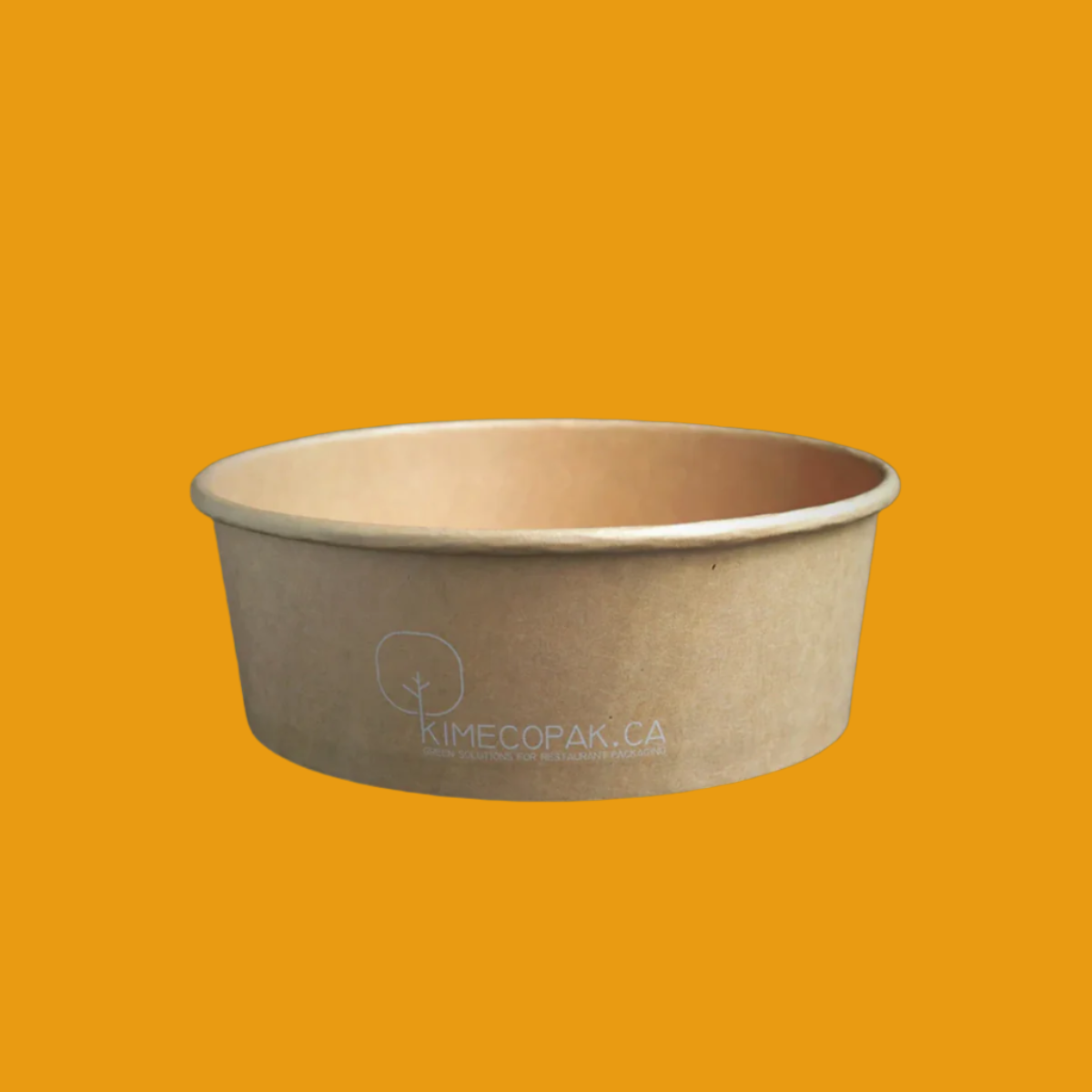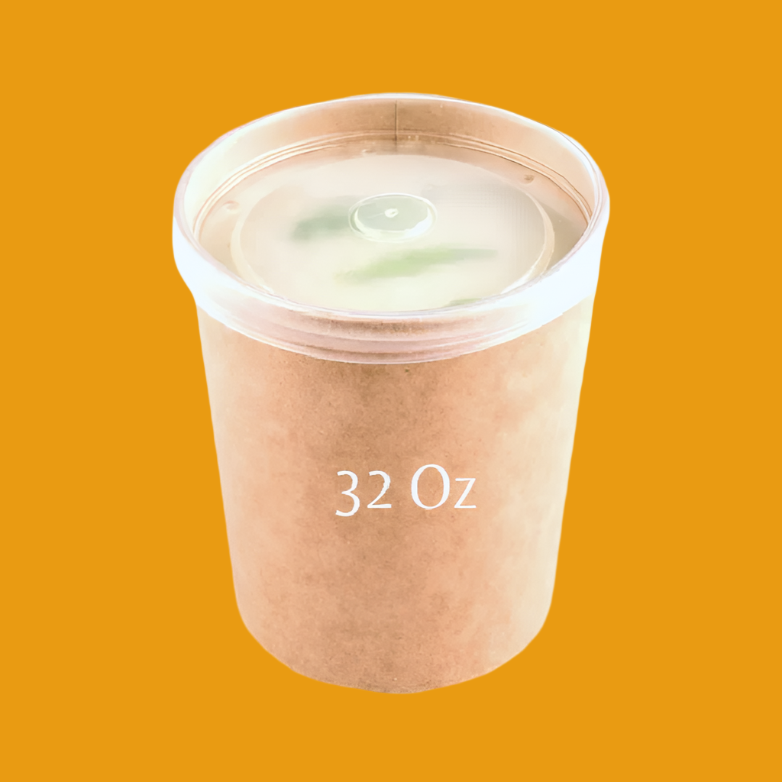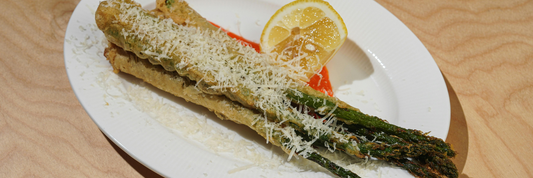The global demand for unique, flavorful condiments is surging, making this the perfect time to launch your own sauce brand. Whether it’s hot sauce, BBQ sauce, pasta sauce, or salad dressing, starting a sauce business combines creativity, food safety, branding, and entrepreneurship. This guide breaks down everything you need to know about how to start a sauce business, from developing your first recipe to navigating regulations and building a scalable brand.
Develop & Perfect Your Sauce Recipes
Start With What You Know—and Love
Every great sauce brand begins with a recipe. It could be a spicy family hot sauce, an herb-packed chimichurri, or a creamy dressing. Start small and test rigorously.
Key Considerations:
-
Flavor consistency: Can the recipe be replicated batch after batch?
-
Ingredient sourcing: Are your ingredients available year-round and in bulk?
-
Shelf stability: Does it require refrigeration, or can it be stored at room temperature?
-
Scalability: Can it be made in larger quantities without compromising flavor?
Test Your Product
-
Create small batches and do blind tastings with friends, chefs, or food industry contacts.
-
Gather honest feedback on taste, texture, aroma, and packaging concept.
-
Refine your formula until you're confident it's both delicious and repeatable.
Conduct Market Research & Identify Your Niche
Before launching, you need to understand the competitive landscape and who your ideal customers are.
Research the Sauce Market
-
Identify trends: Hot sauces, fermented sauces, sugar-free ketchup, vegan mayo, etc.
-
Study your competition: What are they doing well? Where can you stand out?
-
Find your unique angle: Is your product gluten-free? Local? Spicy? Sustainable?

Define Your Target Customer
-
Are they health-conscious shoppers?
-
Restaurant buyers?
-
Gourmet food lovers?
-
Mass-market consumers?
Use this insight to shape your branding, pricing, packaging, and marketing strategy.
Create a Solid Business Plan
A strong business plan is critical for staying focused—and it’s essential if you’re seeking funding or partnerships.
Key Sections to Include:
-
Executive Summary: What’s your sauce business all about?
-
Product Description: Detailed descriptions of your sauce types and variations.
-
Market Analysis: Competitor research, customer demographics, pricing strategy.
-
Sales & Marketing Plan: How will you reach customers? (farmers’ markets, retail, ecommerce, etc.)
-
Operations Plan: Where will you produce your sauce—home kitchen, commercial space, or co-packer?
-
Financial Projections: Startup costs, revenue goals, profit margins, funding sources.
Navigate Food Safety & Regulatory Requirements
Food safety isn’t just a formality—it’s essential to consumer trust and legal compliance.
Key Requirements to Research:
-
Business License & Food Handler Certifications: Vary by province/state.
-
Health Department Inspections: Your kitchen may need to be certified or you may be required to work in a licensed facility.
-
Product Testing: Especially for sauces that are jarred or shelf-stable.
-
pH testing: Required for acidified foods (pH < 4.6).
-
Water activity testing: To assess microbial safety.
-
-
FDA or CFIA Compliance: Depending on your country (e.g., USA: FDA Acidified Foods; Canada: CFIA labeling and safety).
-
Label Requirements:
-
Ingredients listed by weight
-
Allergen declarations (e.g., contains: soy, mustard)
-
Nutrition facts panel
-
Expiration or best-before dates
-
Business contact information
-
Many new sauce brands work with food scientists or labs that offer recipe validation and shelf-life testing services.
Set Up Your Sauce Production
Once your recipe is finalized and safety protocols are in place, it’s time to figure out how and where to make your sauce.
Home Kitchen vs Commercial Kitchen vs Co-Packer
1. Certified Home Kitchen: Some states or provinces allow low-risk foods (like acidified sauces) to be produced in licensed home kitchens under cottage food laws. However, this is often limited in volume and retail scope.
2. Commercial/Shared Kitchen Space: Renting time in a certified commercial kitchen is ideal for small-batch producers. Look for shared kitchen incubators or commissaries that already meet health codes.
3. Co-Packer (Contract Manufacturer): A co-packer produces your sauce using your recipe (under NDA) at scale. They handle sourcing, cooking, bottling, labeling, and more—ideal if you want to focus on marketing and sales.
Equipment Needs
If you're producing in-house, you’ll need:
-
Commercial sauce kettles or stockpots
-
Immersion blenders
-
Hot-fill bottling machines
-
Sanitizers, bottle warmers, and pH meters
-
Filling and labeling equipment
Start small and scale up as demand grows.
Choose the Right Packaging & Bottling
Your sauce packaging is a critical part of your brand and shelf appeal. It also impacts shipping, storage, and safety.
Considerations When Choosing Packaging:
-
Food-grade safety
-
Tamper-evident seals
-
Label compatibility
-
Ease of use and pourability
-
Shelf appeal and branding
How to Bottle Sauce: Step-by-Step for Small-Scale Producers
Bottling your sauce correctly is essential for food safety, shelf stability, and professional presentation. Whether you're bottling at home, in a commercial kitchen, or preparing for co-packing, the process must follow proper sanitation and preservation methods.
Choose the Right Bottles or Jars
Select food-grade containers suitable for your sauce type:
-
Glass bottles: Ideal for hot sauces, BBQ sauces, tomato-based sauces. Available in woozy, round, or square shapes.
GET GLASS SAUCE BOTTLE SAMPLE TO TESTING? CLICK HERE
-
Plastic squeeze bottles: Great for dressings and condiments, but check heat tolerance if hot-filling.
-
Jars: Work well for thick sauces, pestos, and creamy condiments.

Sterilize Everything
Cleanliness is non-negotiable.
-
Boil bottles, lids, and utensils for 10–15 minutes
-
Use food-safe sanitizers (like Star San) in commercial settings
-
Air-dry bottles on a sanitized rack—don’t use towels, which can reintroduce bacteria
Use the Hot-Fill Method (If Applicable)
For acidified sauces (pH < 4.6), the hot-fill method is commonly used and shelf-stable:
-
Heat your sauce to at least 185°F (85°C)
-
Pour into sterilized bottles while still hot, leaving appropriate headspace (usually ¼ to ½ inch)
-
Cap immediately and invert the bottle for 2–3 minutes to sterilize the lid
This method helps kill bacteria and creates a vacuum seal as it cools.
Note: For low-acid sauces (like cream or meat-based), hot-fill is not safe—you must use pressure canning or refrigeration.
Seal the Bottles Properly
Depending on your container:
-
Use a twist-on metal cap with an inner seal
-
Consider shrink bands or tamper-evident seals for added safety and retail compliance
-
For squeeze bottles, use induction liners if sealing is required
Label Your Bottles
Apply your brand labels once the bottles are fully cool and dry. Ensure your labels are:
-
Product name
-
Net weight/volume
-
Ingredient list (by weight)
-
Allergen disclosure
-
Nutrition facts (via lab or online calculator)
-
Manufacturer info and contact
-
Lot/batch code and expiration date

Store and Test Your Bottled Sauce
After bottling:
-
Store in a cool, dark place for shelf-stable products
-
Refrigerate if your sauce requires it
-
Run shelf-life tests and monitor for separation, spoilage, or flavor changes over time
Test for Quality, pH, and Shelf Life
A professional appearance and great taste are essential, but safety and consistency are equally important.
Key Tests Before Going to Market
-
pH Testing
Acidified foods (like hot sauce or tomato-based sauces) must maintain a pH of 4.6 or lower to inhibit botulism. -
Water Activity (Aw) Testing
Determines how much water is available for microbial growth—critical for shelf stability. -
Microbial Testing & Shelf-Life Study
Often done by a food lab. These tests tell you how long your sauce is safe and stable at room temperature, refrigerated, or frozen.
Quality Control Systems
Establish a small batch tracking system to maintain consistency and traceability. This is especially important as you scale up or begin selling wholesale.
Build Your Brand & Marketing Strategy
Your sauce’s story and visual identity are just as important as what’s inside the bottle.
Develop a Strong Brand Identity
-
Brand name: Memorable, relevant, and legally available (check trademarks)
-
Logo & label design: Hire a designer or use tools like Canva or 99Designs
-
Packaging aesthetic: Minimalist, artisanal, bold—align with your audience
Marketing Channels to Launch
-
Website & ecommerce store: Platforms like Shopify or Squarespace
-
Social media marketing: Instagram, TikTok, Pinterest for food brands
-
Local marketing: Farmers’ markets, pop-ups, festivals
-
Influencer sampling: Partner with chefs, food bloggers, and micro-influencers
-
Email list & newsletters: Build a loyal customer base
Think beyond just the sauce—sell the lifestyle, the values, and the experience.
Launch and Distribute Your Sauce
You’re ready to bring your product to market. Start small, test feedback, then expand.
Launch Tactics
-
Farmers’ Markets & Food Fairs: Great for exposure, feedback, and building your first customer base.
-
Pop-up shops: Partner with local cafés or delis to feature your sauce.
-
Free tastings: Offer samples at grocery stores or culinary events.
Selling Channels
-
Direct-to-Consumer (DTC): Via your website or Etsy
-
Wholesale to Local Retailers: Pitch to independent grocers or health food stores
-
Foodservice: Sell to restaurants, cafés, and catering companies
-
Online Marketplaces: Amazon, Faire, or food-specific platforms like Mouth or Goldbelly
Use customer feedback to refine your marketing, packaging, and operations.
Finance & Scaling Up Your Sauce Business
As orders grow and your production becomes more consistent, it’s time to optimize your finances and plan for scale.
How much does it cost to start a sauce business?
| Expense Category | Estimated Cost (CAD/USD) |
|---|---|
| Recipe development | $300–$1,000 |
| Label design & printing | $500–$1,500 |
| Kitchen rental | $25–$50/hour |
| Bottling & packaging | $0.80–$2.00 per unit |
| Licensing & insurance | $200–$1,000 |
| Lab testing (pH, shelf life) | $300–$1,500 |
| Website & ecommerce | $300–$1,000 |
Costs vary depending on location, production size, and whether you use a co-packer or in-house equipment.
Secure Funding
If you’re self-funded, manage cash flow carefully—especially as production and inventory scale. Other options include:
-
Small business loans
-
Government grants (e.g., Canadian food innovation programs)
-
Crowdfunding (Kickstarter, Indiegogo)
-
Angel investors
Plan for Growth
When demand exceeds your ability to produce manually, you’ll need to:
-
Upgrade equipment (automated fillers, labelers, large kettles)
-
Switch to a co-packer or scale your production facility
-
Expand your sales team or hire third-party fulfillment partners
-
Distribute nationally or internationally, complying with additional regulations (e.g., FDA, CFIA export guidelines)
Stay lean, but build systems to support future volume.
FAQs – How to Start a Sauce Business
Can I start a sauce business from home?
Yes, in some regions with cottage food laws. However, most commercial retail requires a licensed kitchen and food safety certification.
How much does it cost to start a sauce business?
Small-batch startups can begin with $3,000–$10,000. Scaling up production, packaging, and marketing may require $20,000+.
Do I need to test my sauce for pH and shelf life?
Absolutely. Acidified sauces (like hot sauce or tomato-based) must be pH tested to ensure safety and shelf stability. Most retailers and regulators require this.
What licenses or permits are needed?
You’ll likely need a business license, food handler certification, and approval from your local health authority. Labeling must also comply with CFIA (Canada) or FDA (U.S.) standards.
Should I use a co-packer or make the sauce myself?
Start small yourself to maintain control. As you grow, co-packers help you scale without investing in a full production facility.
What are the best places to sell my sauce?
Start with farmers’ markets, local shops, and your own ecommerce store. Expand to restaurants, distributors, and national retailers as you grow.
Conclusion
Learning how to start a sauce business is a mix of culinary art and entrepreneurial science. Success isn’t just about a great-tasting sauce—it’s about navigating food regulations, understanding your market, and building a strong brand that people trust.
By following this guide, testing your product rigorously, and staying agile in your operations, you can go from simmering in your home kitchen to stocking store shelves across Canada (or beyond). Remember, every major sauce brand started with a single small batch—and your next bottle could be someone’s new favorite.
Ready to Turn Your Sauce Recipe Into a Thriving Business?
You’ve taken the first step toward launching your dream sauce brand—now imagine scaling that recipe into a nationally recognized product line. This August, we’re releasing an exclusive guide packed with everything you need to turn your homemade sauce into a retail-ready success. From packaging strategy to food safety compliance and branding playbooks, we’ll help you grow with confidence.
Stay tuned—this is your moment to bottle your vision and build something big.










1 comment
I would like to know more about bottling sauce for retail?